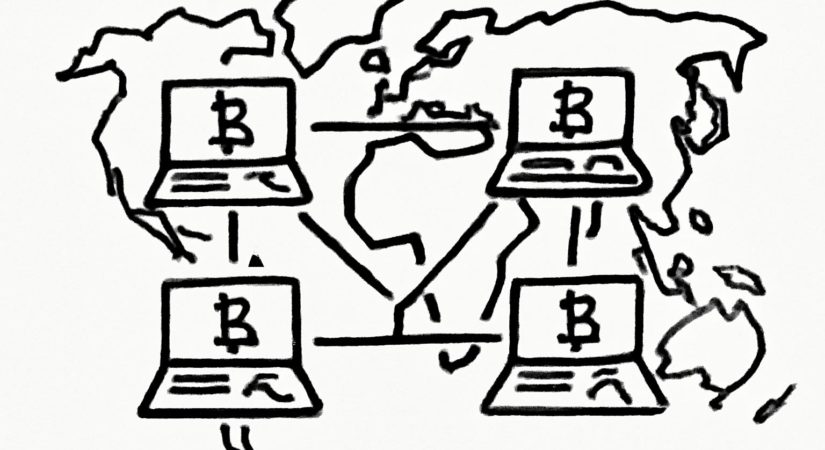Iran’s role in Bitcoin mining has fluctuated significantly, reflecting a complex and largely opaque industry. According to the University of Cambridge’s Center for Alternative Finance, Iran accounted for 7.5% of the global Bitcoin hashrate in March 2021, but this share dropped to just 0.12% by January 2022.
Experts offer varying estimates on how much Bitcoin Iran has mined. Andrew Scott Easton, CEO of the mining fund Masterminded, suggests about 60,000 BTC have been mined in total, valued at roughly $6.4 billion at current prices. In contrast, Kent Halliburton, CEO of Sazmining, estimates between 100,000 and 200,000 BTC mined since 2018, potentially worth up to $21.4 billion.
The Iranian crypto mining sector is difficult to track due to widespread underground operations. Many miners operate covertly to avoid high electricity costs and compulsory sales of mined Bitcoin to the central bank, which restricts individual profits.
In 2019, Iran began issuing legal crypto mining permits, with about 1,000 licenses granted in 2020 and over 10,000 by 2022, according to the National Council of Resistance of Iran. However, former President Hassan Rouhani claimed that approximately 85% of mining was unlicensed as of 2021. Iran’s electric company Tavanir estimated that around 700,000 illegal mining rigs were operating early in 2023.
Licensed mining farms face high electricity tariffs, often making profits marginal compared to other industries that consume more power but pay lower rates. As a result, many unauthorized miners operate in institutions like schools and mosques where electricity is subsidized or free. Government-connected organizations also benefit from reduced fees.
Illegal mining strains Iran’s electricity grid, contributing to nationwide outages. Tavanir has incentivized reporting of unlawful mining operations to combat these issues. Most illegal mining is concentrated in major cities; for example, Tehran police confiscated 9,404 illegal mining devices in six months of 2022.
The U.S. bombing of Iran’s Fordow nuclear facility in early June 2023 coincided with a 27.9% drop in Bitcoin hashrate, sparking speculation about mining operations at the site. While the facility’s infrastructure could support mining, no concrete evidence exists. Experts warn that short-term hashrate fluctuations are volatile and not definitive indicators of specific mining activity.
The Islamic Revolutionary Guard Corps (IRGC) is believed to be a significant miner in Iran, potentially the largest, but details remain undisclosed due to government secrecy.
Overall, the clandestine nature of Iran’s crypto mining industry makes it nearly impossible to determine the exact amount of Bitcoin mined or held. Many ordinary Iranians engage in mining to generate income amid severe inflation and international sanctions.
Crypto interest in Iran is high. For instance, a social media account selling mining equipment has 166,000 followers, about 0.18% of the population. However, some crypto ventures have faced criticism. Iranian officials warned against the Telegram game Hamster Kombat, labeling it a Western distraction. Despite warnings, millions participated but largely experienced losses due to token devaluation in a country with inflation near 38%.
